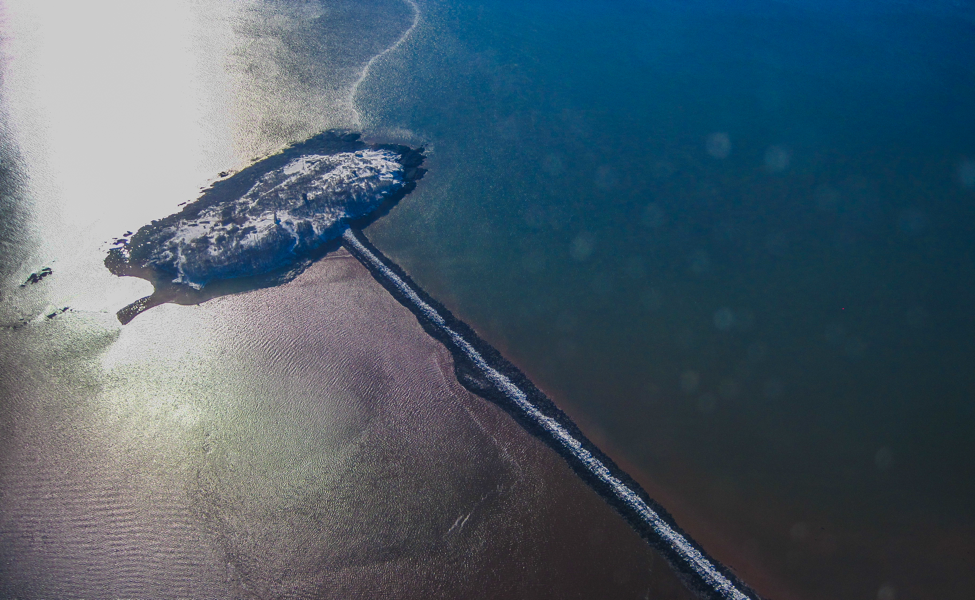
Fall 2017 Option Studio (ARC3015Y): Cultural Tourism. Architecture and the sublime. (or Quak’m’Kagan’ik: A Piece Cut Out)
The sublime favours the adventurer.
As Romantic poet William Wordsworth describes it, in encountering the sublime, the "mind tries to grasp at something towards which it can make approaches but which it is incapable of attaining.” In Lines Composed a Few Miles above Tintern Abbey, Wordsworth writes:
Of aspect more sublime; that blessed mood,
In which the burden of the mystery
In which the heavy and weary weight
Of all this unintelligible world,
Is lightened
This studio explores how sublimity relates to creating a contemporary structure amongst the history, memory, tragedy and neglected ruins of Partridge Island. Predating New York’s Ellis Island by more than a century, this National Historic Site of Canada may be one of the country’s most underappreciated places for its significance to immigration. Relatively unknown to Canadians and locals alike, this island at the mouth of Saint John’s inner harbor, on the Bay of Fundy, home to the world’s highest tides, has been clouded in fog and mystery for centuries.
The island’s human story began some 9,000 years ago, when Indigenous people landed canoes there. They called it “Quak’m’Kagan’ik” meaning “a piece cut out.” They believed the island was created when the great hero-god Glooscap smashed the dam Big Beaver had built at nearby Reversing Falls; a piece of the dam was swept in the rush of water to the mouth of the harbor where it came to rest, forming the island.
Partridge Island has a haunting, tragic past as a quarantine station and pest house for thousands of immigrants. In the 1840s alone, some 30,000 Irish escaping the Great Potato Famine landed there. By the 1890s, nearly 80,000 people a year disembarked on its rocky shores. Some 1,200 immigrants are buried on its 24 acres.
Partridge Island has long been an important nautical navigation point, housing many lighthouses over the years. Here the world’s first steam-powered foghorn was invented. Later, Partridge Island became a military post that was decommissioned in the 1950s.
Long abandoned, its architecture in ruins as nature reclaims the rugged landscape, it is here that the student becomes explorer, archeologist, anthropologist, historian, editor and architect in designing a building that will be first deliberate mark on the island since military operations ceased half a century ago.
As Canada celebrates 150 years since confederation we look to a National Historic Site in the country’s first incorporated city and its relation to the sublime to help create a new cultural identity; a new cultural tourism. As architects, we share collective responsibility for our built environment and we have the opportunity to enhance our heritage as we define our future. Partridge Island holds fascinating human stories that pre-date our confederation with indigenous, and natural geologies dating over 300 million years. The preservation and enhancement of Partridge Island seeks a champion to sustainably lead the charge on the future of this heritage asset. The preservation of the Island’s physical resources are both a cultural and environmental concern meriting exploration.
The studio will start with collective research and site-analysis, followed by an optional site visit to Saint John in late September to observe, record and document, as well as meet with stakeholders from the city to put fourth innovative ideas around the future of the island. The subsequent analysis and transformation will lead to the development of a building, investigating tourism and the sublime.

